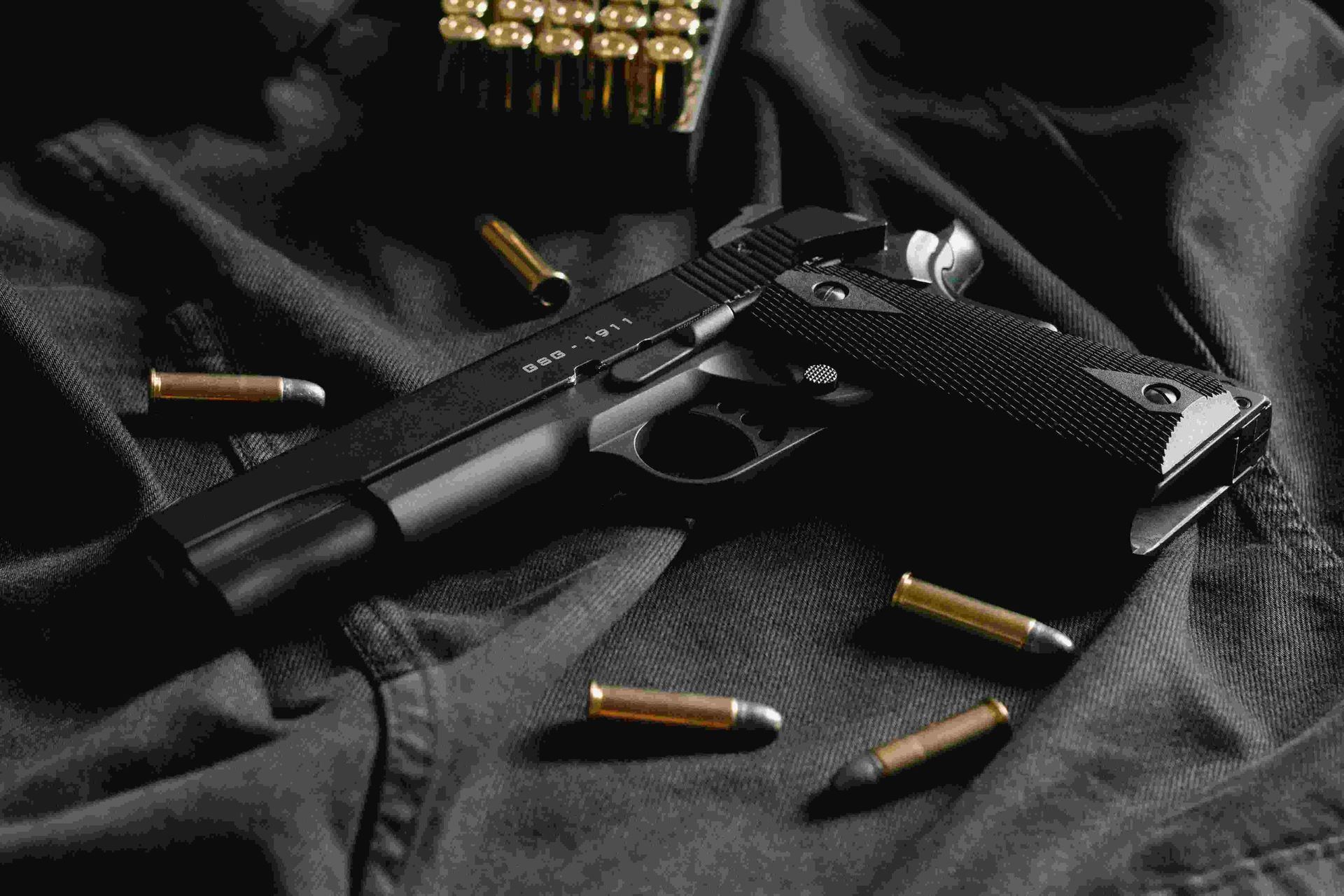Firearms
Unlocking Clues: A Glimpse into Firearm Examination at the Saint Lucia Forensic Science Laboratory
Firearm examination is a critical aspect of forensic science that plays a pivotal role in criminal investigations. The Saint Lucia Forensic Science Laboratory (SLFSL) employs advanced techniques and methodologies to examine firearms and associated evidence, providing crucial insights that contribute to solving crimes and ensuring justice. Let us delve into the intricate process of firearm examinations at the SLFSL.
What is Firearm Examinations?
Firearm examinations involve the analysis of firearms, ammunition, and related evidence to establish connections between a weapon and a specific crime. This encompasses the identification, classification, and comparison of firearms, as well as the analysis of discharged projectiles, cartridge cases, and gunshot residue . The goal is to provide law enforcement agencies with valuable information that can aid in linking a weapon to a crime scene or suspect.

The Process of Firearm Examinations:
Initial Documentation and Inspection
The process begins with a meticulous documentation of the firearm's make, model, and serial number. A visual inspection is conducted to assess the overall condition, identifying any modifications or unique features.
Functionality Testing
Firearm examiners assess the functionality of the weapon by test-firing it in a controlled environment. This helps ensure the firearm is in working order and assists in analyzing specific characteristics of discharged ammunition.
Toolmark and Serial Number Analysis
Microscopic examination is employed to analyze toolmarks left on fired bullets and cartridge cases. These toolmarks are unique and can be used to match a specific firearm to a crime. Additionally, serial numbers are scrutinized for any signs of alteration or tampering. Chemical methods are employed to restore markings that have been deliberately obliterated.
Protocols and Quality Assurance
The SLFSL adheres to stringent protocols and quality assurance measures to ensure the reliability and accuracy of firearm examination results. This includes maintaining a secure chain of custody for all evidence, employing standardized testing procedures, and participating in proficiency testing programs to validate the competency of examiners.
Examiners at the SLFSL undergo rigorous training to stay abreast of advancements in firearm examination techniques. This continuous learning ensures that the laboratory remains at the forefront of forensic science, providing law enforcement agencies with the most reliable and cutting - edge analyses.
Collaboration and Future Developments
The SLFSL actively collaborates with local and international law enforcement agencies, as well as other forensic science organizations. This collaboration facilitates information exchange, joint research initiatives, and the development of best practices in firearms examination.
As technology continues to evolve, the SLFSL remains committed to integrating the latest advancements in forensic science to enhance the accuracy and efficiency of firearms examination. This dedication contributes to the laboratory's overarching mission of serving justice and maintaining the safety and well-being of the community we serve.


